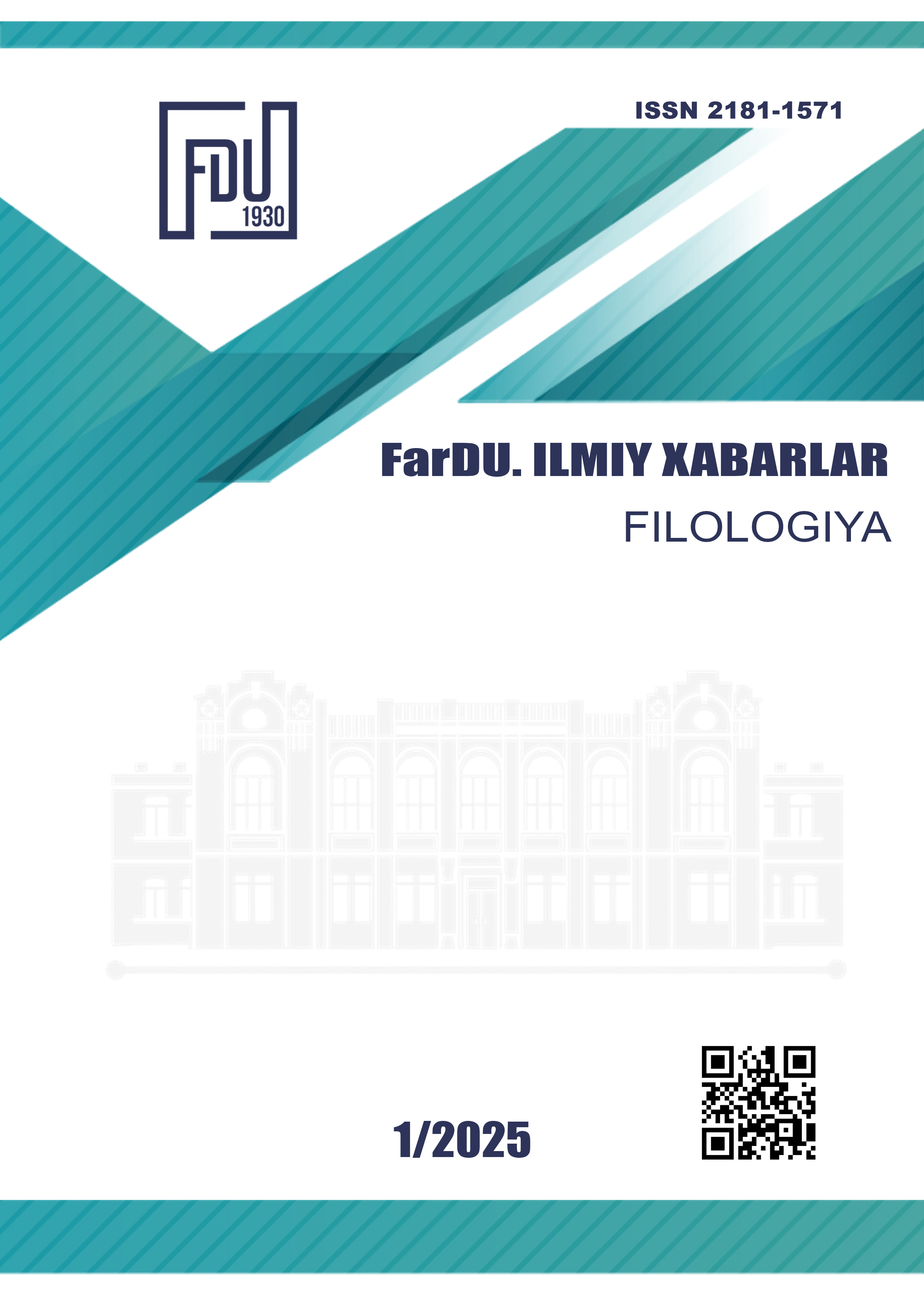O‘ZBEK VA INGLIZ TILLARIDAGI “YAQIN-UZOQ” OPPOZITSIYA KOMPONENTLI FRAZEOLOGIK BIRLIKLAR TAHLILI
Keywords:
Key words: Phraseology, idiomatic expressions, metaphor, antonymy, linguistic analysis, Uzbek language, English language, semantic comparison, cognitive linguistics, cultural linguistics.Abstract
The study of phraseological units containing the «near-far» opposition in Uzbek and English languages offers valuable insights into the linguistic and cultural frameworks of both societies. Phraseological units, encompassing idioms, proverbs, and fixed expressions, are integral to language as they encapsulate cultural values, worldviews, and historical contexts. Analyzing these units through the lens of antonymy—specifically the “near-far” opposition—reveals how contrasting concepts are linguistically structured and culturally perceived in each language.
In Uzbek and English, the “near-far” dichotomy is often employed metaphorically to express not only physical proximity or distance but also emotional, social, or conceptual relationships. For instance, in English, the phrase “a far cry” denotes a significant difference or distance from something, while in Uzbek, similar expressions might convey comparable or distinct nuances. By examining these phraseological units, scholars can gain a more nuanced appreciation of the interplay between language and culture, as well as the unique ways in which different societies conceptualize and articulate the notions of “nearness” and “farness”.
References
Bekiyeva M.. Frazeologik birliklar obrazlilik va emotsional ekspressivlikni yuzaga keltiruvchi eng muhim vosita. Oriental Renaissance: Innovative, educational, natural and social sciences. Volume 2. – Pp. 650-654.
Cowie A.P. Phraseology: Theory, Analysis, and Applications. Oxford University Press.1998. – 272 p.
Kunin A.V.. Phraseology of the English Language. – Moscow: Progress Publishers, 1974. – 944 p.
Sharipov S. Uzbek Phraseology and Cultural Linguistics. – Tashkent: NUU, 2007. – 217 p.
Moon R. Fixed Expressions and Idioms in English: A Corpus-Based Approach. – Oxford: Clarendon Press, 1998. – 352 p.
Lakoff G., Johnson M. Metaphors We Live By. – Chicago: University of Chicago Press, 2003. – 256 p.
Downloads
Published
Issue
Section
License
Copyright (c) 2025 Scientific journal of the Fergana State University

This work is licensed under a Creative Commons Attribution-NonCommercial-NoDerivatives 4.0 International License.

